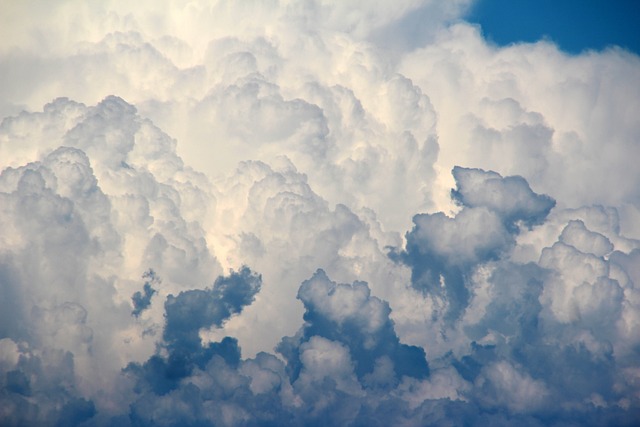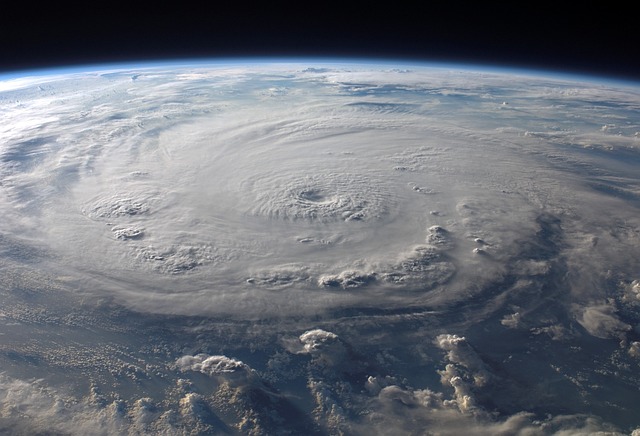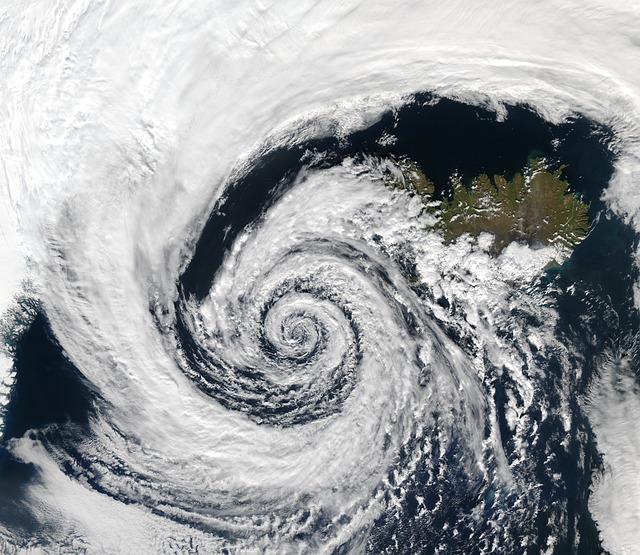As the season’s change, so does the weather. With different air masses moving in and out of an area, the weather can change rapidly. This is why it’s essential to pay attention to the weather forecast and be prepared for whatever Mother Nature throws your way. Sometimes it looks like luck of predicting the weather conditions. If you enjoy testing your luck try 20Bet and win your jackpot.
While we can’t control the weather, we have made great strides in understanding it and being able to predict it. Meteorologists use various tools and technologies. They use them to study the atmosphere and forecast the weather.
Meteorological Tools

Radiosondes are one of the most essential tools used by meteorologists. Weather balloons carry these instruments aloft and measure various atmospheric parameters. They measure temperature, humidity, wind speed, and direction. The data collected by radiosondes is used to help create numerical weather prediction models.
Doppler radar is another important tool used by meteorologists. This type of radar can detect the motion of objects, such as raindrops and snowflakes. By tracking the movement of these objects, meteorologists can better understand the type of precipitation. It is falling and the intensity of the storm.
Satellite imagery is also used by meteorologists to track the movement of weather systems. Satellite images can show the large-scale features of a weather system, such as the position of a cold front or an area of low pressure. In the past, weather forecasting was more of an art than a science. But with the advances in technology, we are now able to get a much better understanding of the atmosphere and how it works.
Technologies
Meteorological technologies are used to provide information about the current and future states of the atmosphere. This information is used by a variety of industries. It is used by agriculture, aviation, transportation, and utilities. Meteorological technologies can be divided into three main categories. There is remote sensing, ground-based observing, and numerical modeling.
Remote sensing

Remote sensing is the process of collecting information about the atmosphere from a distance. This can be done using satellites, aircraft, or balloons. Satellite-based remote sensing is the most common type of remote sensing in the United States. There are two types of satellite-based remote sensing: passive and active. Passive remote sensing involves collecting information. It is already being emitted by the atmosphere, such as visible light or infrared radiation. Active remote sensing involves sending a signal into the atmosphere and then measuring the signal that is returned. Radar is the most common type of active remote sensing.
Ground Based
Ground-based observation is the process of collecting information about the atmosphere from the ground. This can be done using weather stations, weather balloons, or planes. Weather stations are the most common type of ground-based observation. They measure variables such as temperature, humidity, wind speed, and barometric pressure. Weather balloons are used to measure variables such as temperature, humidity, and wind speed at higher altitudes. Planes are used to measure variables such as temperature, humidity, wind speed, and barometric pressure at even higher altitudes.
Numerical Modeling
Numerical modeling is the process of using mathematical equations. It is used to simulate the behavior of the atmosphere. Numerical models can be used to predict the future state of the atmosphere or to understand the past or present state of the atmosphere. Numerical modeling is used extensively by the National Weather Service to predict the weather.
Meteorological technologies are important tools that are used to understand and predict the behavior of the atmosphere. They are used by a variety of industries to improve the safety and efficiency of their operations.

